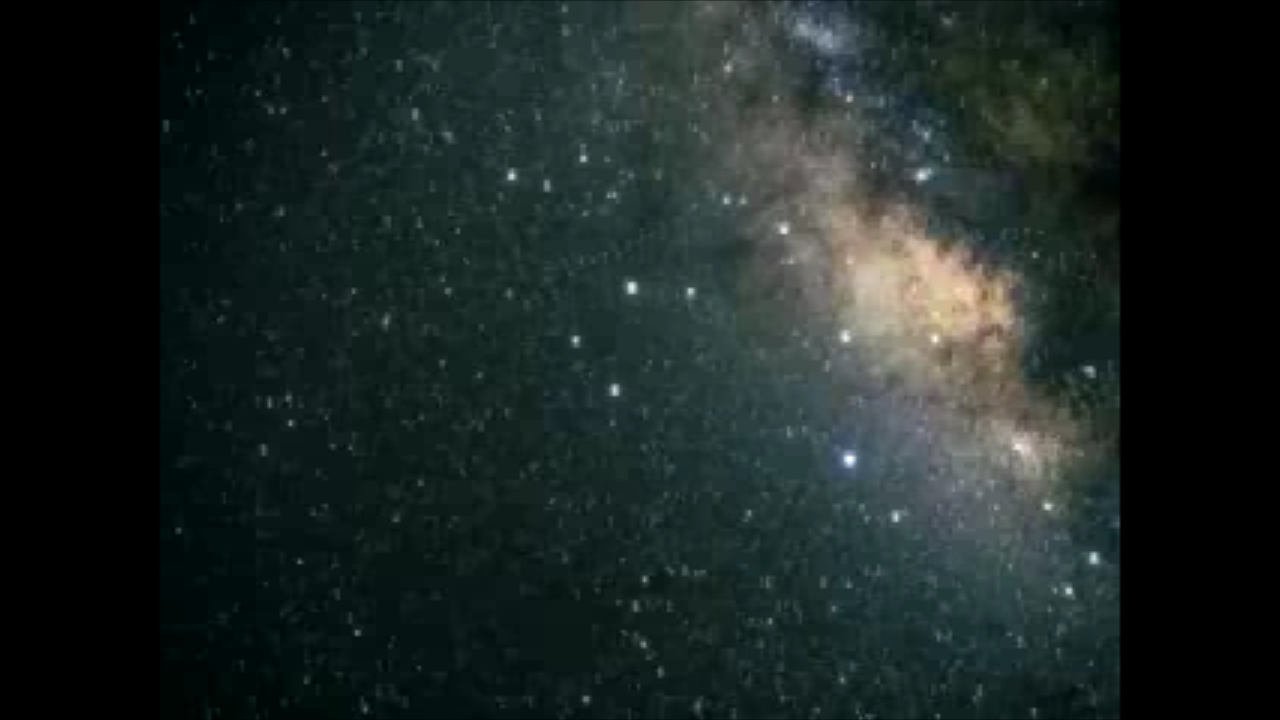1 min read
Inside Globular Cluster M22

About the Object
- R.A. PositionR.A. PositionRight ascension – analogous to longitude – is one component of an object's position.18h 36m 24.21s
- Dec. PositionDec. PositionDeclination – analogous to latitude – is one component of an object's position.-23° 54' 12.2"
- ConstellationConstellationOne of 88 recognized regions of the celestial sphere in which the object appears.Sagittarius
- DistanceDistanceThe physical distance from Earth to the astronomical object. Distances within our solar system are usually measured in Astronomical Units (AU). Distances between stars are usually measured in light-years. Interstellar distances can also be measured in parsecs.2.6 kpc (8,500 light-years)
- DimensionsDimensionsThe physical size of the object or the apparent angle it subtends on the sky.This image is roughly 1.3 arcminutes (roughly 3.3 light-years) wide.
About the Data
- Data DescriptionData DescriptionProposal: A description of the observations, their scientific justification, and the links to the data available in the science archive.
Science Team: The astronomers who planned the observations and analyzed the data. "PI" refers to the Principal Investigator.Principal Astronomers: K. Sahu, S. Casertano, M. Livio, R.Gilliland (STScI), N. Panagia (ESA/STScI), M. Albrow and M. Potter (STScI) - InstrumentInstrumentThe science instrument used to produce the data.HST>WFPC2
- Exposure DatesExposure DatesThe date(s) that the telescope made its observations and the total exposure time.February - June, 1999
- FiltersFiltersThe camera filters that were used in the science observations.F555W (V) and F814W (I)
- Object NameObject NameA name or catalog number that astronomers use to identify an astronomical object.M22; NGC 6656
- Object DescriptionObject DescriptionThe type of astronomical object.Globular Cluster
- Release DateJune 27, 2001
- Science ReleaseHint of Planet-Sized Drifters Bewilders Hubble Scientists
- Credit
Related Images & Videos
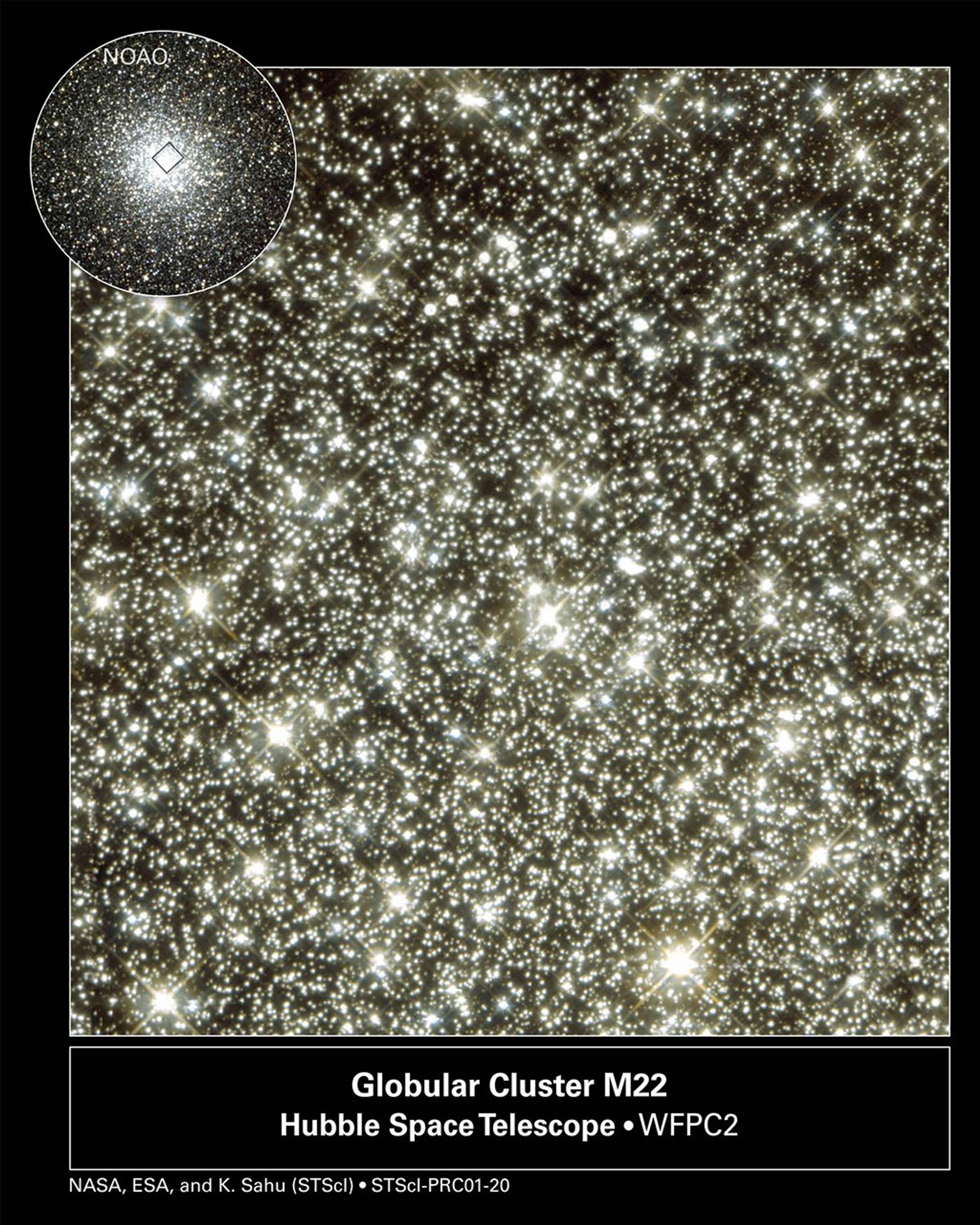
Globular Cluster M22 (inset shows entire cluster)
Piercing the heart of a glittering swarm of stars, NASA's sharp-eyed Hubble Space Telescope unveils the central region of the globular cluster M22, a 12- to 14-billion-year-old grouping of stars in the constellation Sagittarius. The telescope's view of the cluster's core...
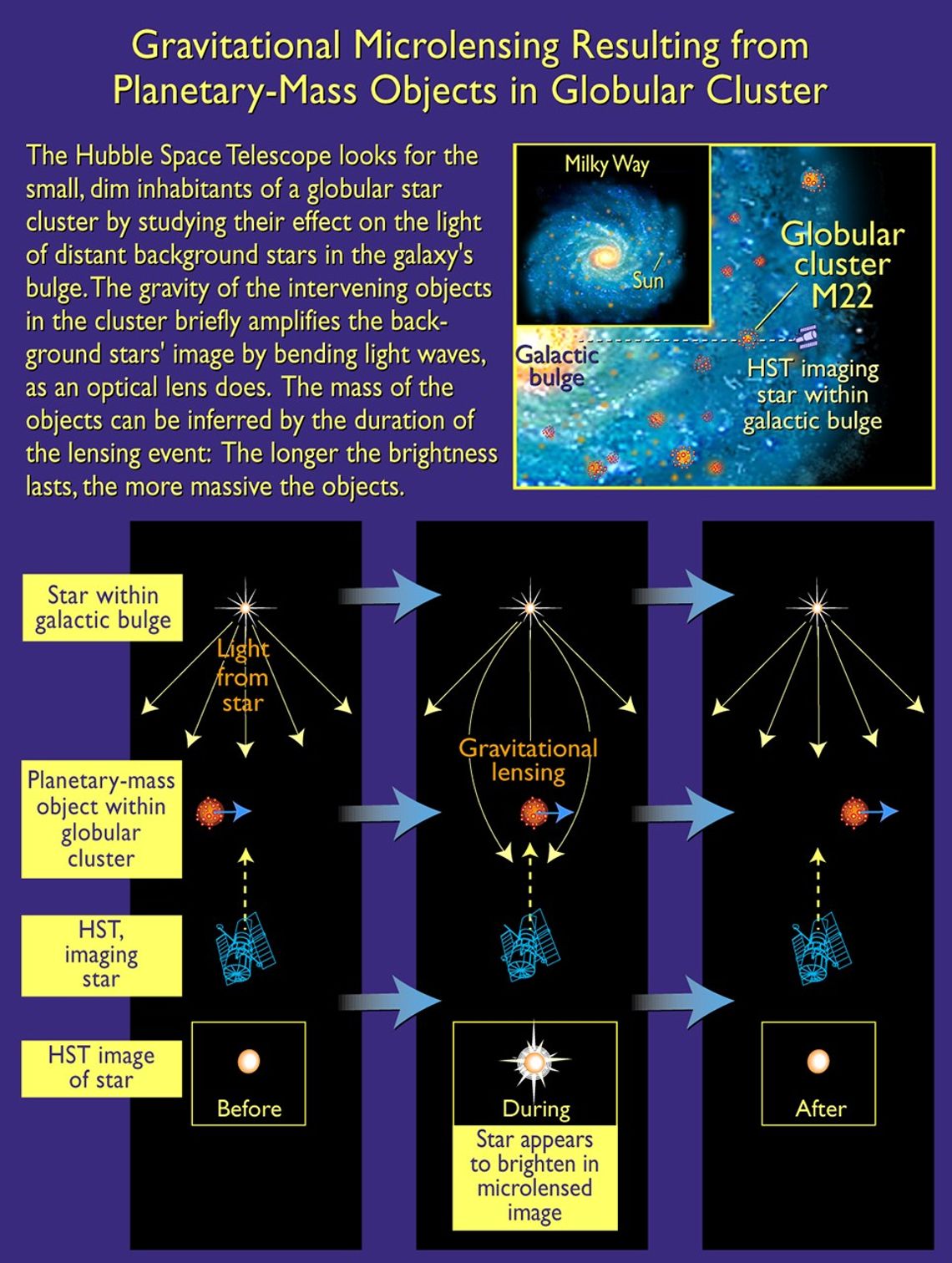
Gravitational Microlensing Resulting from Planetary-Mass Objects in a Globular Cluster
Hubble Space Telescope looks for the small, dim inhabitants of a clobular cluster by studying their effect on the light of distant bakground stars in the galaxy's bulge. The gravity of the intervening objects in the cluster briefly amplifies the background stars' image by...
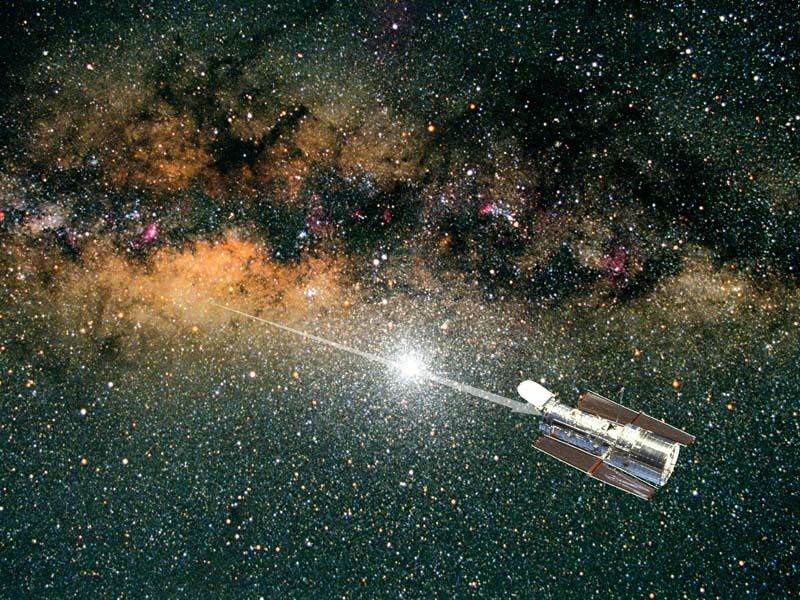
Alignment of Hubble, Star Cluster and Galactic Bulge for Microlensing Observation
This is a stylized view of a unique Hubble Space Telescope observation to search for low-mass objects residing in the core of the globular star cluster M22 (white clump of stars near image center). Because the objects are too dim to see directly, astronomers used Hubble's sharp...
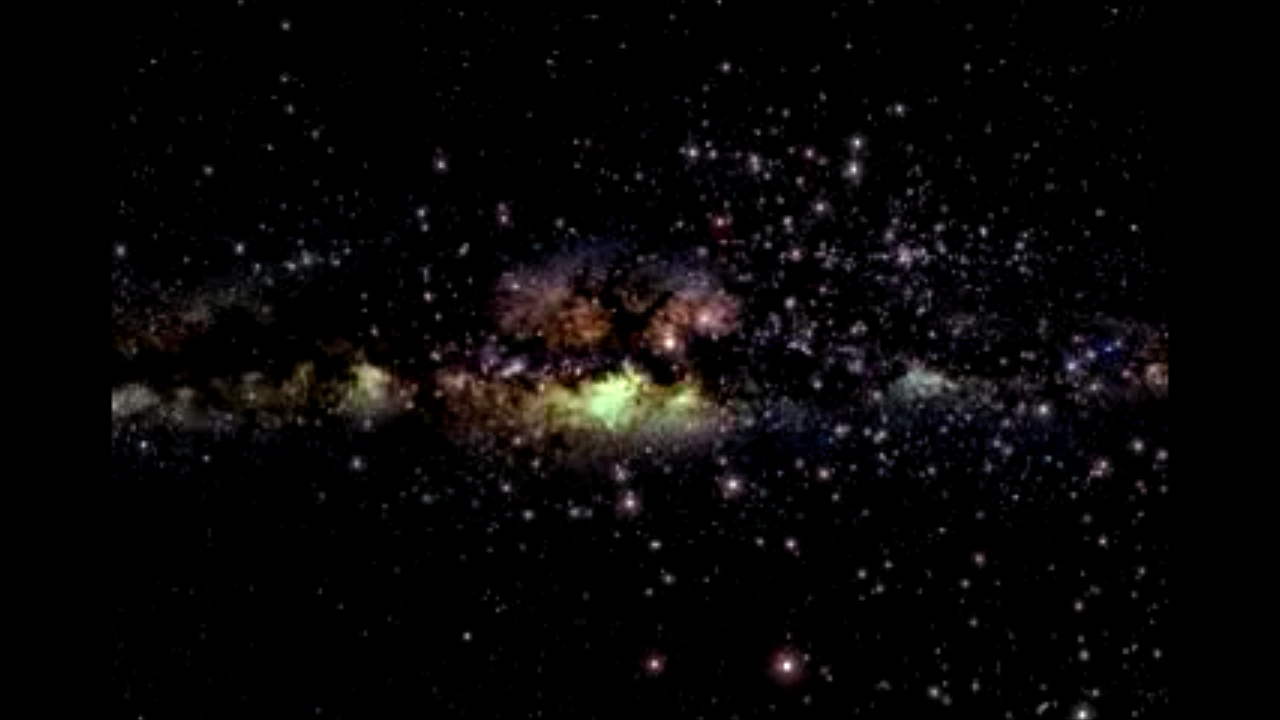
Animation of Gravitational Microlensing
Animation begins outside a globular star cluster similar to M22, with the center of the Milky Way in the distance. The camera flies through the center of the cluster and rests with a dark object in the distance. This object, a suspected brown dwarf, passes in front of a star in...
Share
Details
Claire Andreoli
NASA’s Goddard Space Flight Center
Greenbelt, Maryland
claire.andreoli@nasa.gov


























